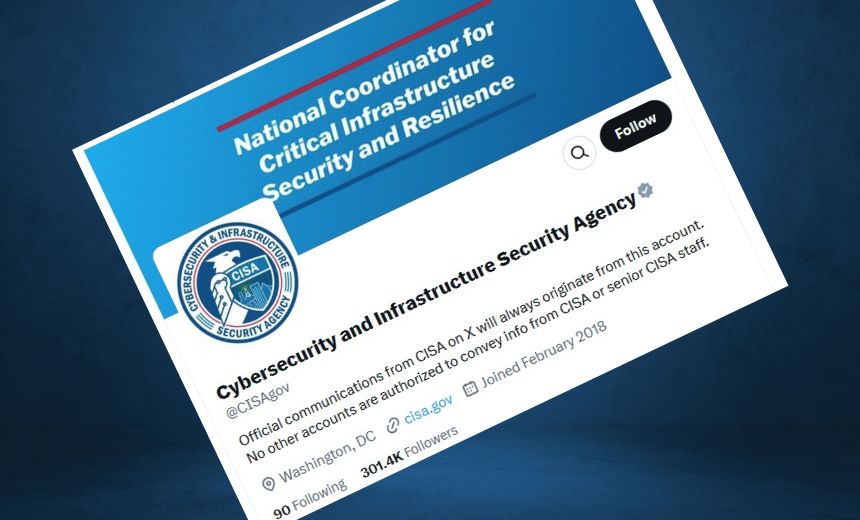Government,
Industry Specific,
Information Sharing
CISA’s Decision to Shift Cyber Alerts to X Sparks Immediate Reversal

The Cybersecurity and Infrastructure Security Agency (CISA) has retracted its announcement made on Monday that it would cease posting cybersecurity alerts on its website in favor of updates via the X social media platform. This decision, made less than 24 hours before the reversal, has drawn scrutiny and concern from various stakeholders in the cybersecurity community.
CISA initially aimed to streamline its alerts, stating its focus would shift to disseminating “urgent information tied to emerging threats or major cyber activity.” Historically, the agency’s advisories webpage has been a reliable source for real-time updates critical to both public and private sectors, especially during times marked by budget constraints and personnel challenges.
However, the agency’s leadership quickly recognized that their earlier communication had caused confusion, admitting that the proposed changes were intended to “enhance user experience.” CISA has suspended the implementation of these changes to better evaluate the communication methods that best serve its stakeholders.
The agency has consistently encouraged reliance on government websites for critical information, covering topics from election updates to weather-related disruptions. Furthermore, CISA has collaborated with the FBI and international partners to address foreign disinformation and to ensure public access to verified information through .gov domains.
Sources within CISA indicated that the move might give the impression of diminished activity and relevance, particularly as the agency faces significant budget reductions. The initial direction encouraged citizens to track alerts through X for timely updates, but subsequent communications did not clarify plans for alerts via other channels.
Should CISA continue to favor X for its communications, it would align with the trend of federal agencies navigating the complexities of social media platforms, particularly one under the leadership of Elon Musk, who is known for advocating reductions in government size. The Social Security Administration has already integrated X as its primary communication tool.
Concerns have emerged regarding the potential implications of this shift on public access to critical cybersecurity information. These include data on zero-day exploits, active threat campaigns, and emergency directives—resources especially valuable for organizations looking to safeguard against increasing foreign threats.
On the global stage, CISA’s challenges are amplified by bipartisan concerns over its ability to counteract potential threats, especially with looming workforce reductions. As discussions regarding budget cuts continue, CISA’s acting director reiterated the agency’s commitment to enhancing efficiency despite proposed funding reductions.
In recent weeks, CISA has utilized its website to release numerous updates on industrial control system alerts, new vulnerabilities, and guidance on securing operational technology. The agency’s spokesperson indicated that the decision to pause its announced changes reflects an effort to reassess strategic communication channels, maintaining its position as a critical resource during cybersecurity emergencies.
In understanding the dynamics of this situation, the MITRE ATT&CK framework offers insights into potential adversary tactics that could have influenced the agency’s decisions. These may include techniques related to initial access and persistence, as stakeholders navigate both internal challenges and external cyber threats. Through clear reporting and transparency, CISA aims to reinforce its commitment to public safety in an evolving digital landscape.
